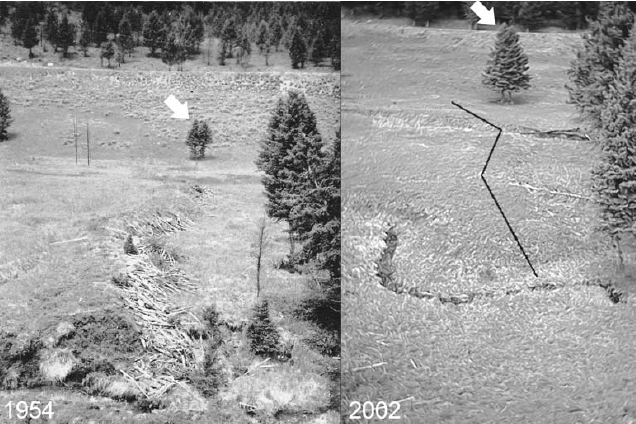Unlocking the biogeochemical role of beaver in state-transition of landscapes in Yellowstone's northern range
Abstract
Extirpation of wolves from the Greater Yellowstone Ecosystem in the 1920s hypothetically triggered a trophic cascade in which browsers, released from wolf (Canis lupus) predation, over-browsed riparian zones. Eventually, vast meadow-wetland complexes transitioned to grass-lodgepole systems. By 1954, beaver (Castor canadensis) virtually abandoned the Greater Yellowstone Ecosystem. In 2000, Colorado State University established experimental dams with browsing exclosures for Long Term Environmental Research in Biology (LTREB) on three streams in Lamar Valley to compare hydrologic effects of pseudo-beaver dams and browsing on willow (Salix spp.) productivity and state transitions. In 2015, beaver began recolonizing the region. I investigated how the biogeochemical role of beaver versus their hydrologic influence affects the underlying mechanisms of state transition: nutrient cycling, productivity, and stream respiration. Analyses of the 2017 field samples show that beaver streams trend toward higher nutrient levels and higher variances than the LTREB sites. The data tentatively support the role of beaver as keystone species in state transitions, although more data are needed. The unexpected and late May notice from the NPS to obtain an independent research permit—approved late August—curtailed my 2018 research to a brief field bout in September. Analysis of 2018 samples is underway.
Featured photo from Figure 1 in report.

